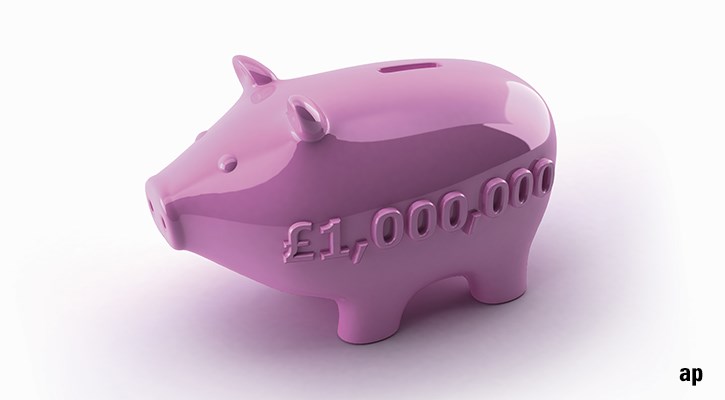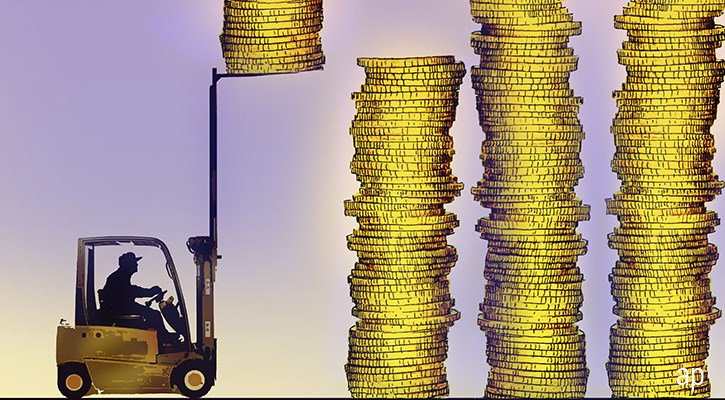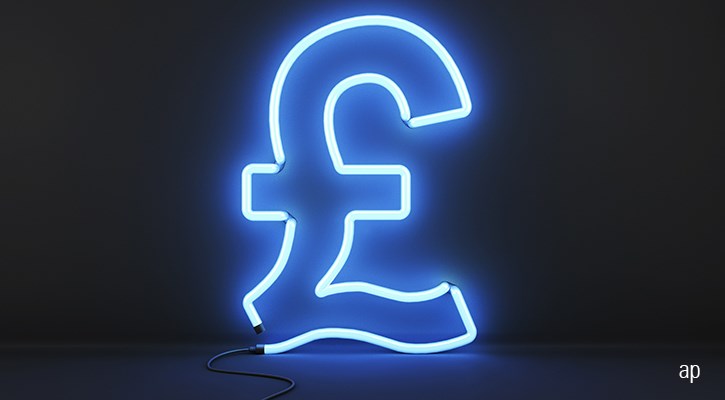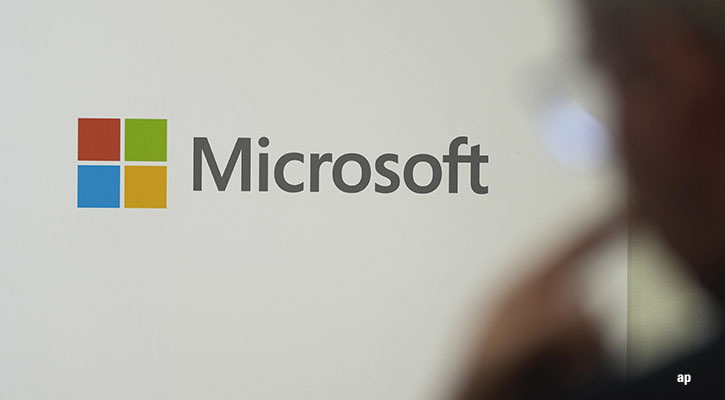
Why would anyone bother setting up a pension for a child? They won’t be able to access the money until they are approaching retirement, and in the meantime they face myriad other money worries from driving lessons, student debt, uncertain employment prospects and the challenge of getting a toe on the housing ladder.
Given that, it’s no wonder many people would prefer to put any money they invest for their children into a Junior Isa. The money in these accounts can be accessed from age 18, potentially smoothing a child’s entrance into adulthood, whereas a pension remains inaccessible for the next half century, by which time you likely won’t be around to see them enjoy the money.
But a relatively small amount invested for the very, very long term could be worth a great deal by the time your child or grandchild gets to the end of their career, easing the pressure on them to make their own pension provision.
Here’s why you should consider a Junior Sipp:
What is Junior Sipp?
The rules governing a Junior self-invested personal pension (Sipp) are pretty much in line with those for any other pension, apart from the contribution limits. Only a parent or legal guardian can set up a pension for a child, but anyone can make contributions - up to a total of £2,880 a year of taxed income, with tax relief from the government bringing it up to £3,600.
This money can be invested into funds, trusts or shares and grows tax-free. Control over the investment passes from the parent to the child at the age of 18, but the money cannot be used until he or she reaches “pension access” age, which is currently 55 (rising to 57 in 2028).
The growth of such a pension pot is a brilliant example of the long-term power of compounding – where the reinvested capital and income earnings of an investment generate more earnings, which in turn do the same.
Thus, even if you made just a one-time contribution of £3,600 when your grandchild was born, with growth averaging 5% a year (after charges but ignoring inflation) the pot would be worth £90,000 after 66 years, when the child reached the current state pension age.
Boost that initial lump sum with an annual birthday contribution of £100 until your grandchild reached 18, and the pot will grow to almost £129,000 by age 66. And if you were able to put away the full allowance every year over those first 18 years, its value would be more than £1.1 million.
Regular Investing Adds Up
But it’s quite possible to make smaller, regular payments. For instance, both AJ Bell and Hargreaves Lansdown allow minimum monthly investments of £25 on a Junior Sipp, while Fidelity starts at £20 a month. With all of these you can stop and start as need be, or pay in occasional lump sums if you prefer.
With such a long timescale in which to invest, you really can afford to focus your investments on parts of the market with greater growth potential, such as smaller companies or emerging markets – in which case the annual growth rate could be higher than our above calculations.
Even a single extra percentage point of growth could make a big difference: if that £3,600 lump sum were growing at an average 6% a year, rather than 5%, it would be worth £168,000 after 66 years.
The most obvious downside for any pension investment is, of course, the limit on access.
Saving into a Sipp means no access at all until the child is heading for retirement, which for parents and their financially stretched young adult children is likely to feel a very long way off indeed.
Sipp or Isa?
So, who should be considering a Sipp for their child? And is it something to ignore unless you expect to exhaust the £9,000 Junior Isa annual allowance?
Tom Selby, pensions analyst at AJ Bell, says it depends where your focus lies for your child: “If your priority is building a tax-efficient savings pot that a child can access flexibly from age 18, then a Junior Isa is likely to be the preferred option.
“If you want to get them started on their retirement savings journey and benefiting from the upfront boost of pension tax relief, then a Junior Sipp might be the choice.”
As with the adult versions, however, it is possible that paying some money into a Junior Isa and some into a Junior Sipp provides the best balance.
If you do open a Children’s Sipp, keep an eye open for charges: pension administration costs can be confusing and vary a lot, so look for a low-cost scheme with a simple percentage charging structure when you start. AJ Bell charges 0.25% for pension custody, Close Brothers has no administration fee but a 0.25% platform charge, and Hargreaves Lansdown’s Junior Sipp costs no more than 0.45%.
As your Junior Sipp gains value and passes the £50,000 mark, it can make sense to transfer it to a platform that charges a flat fee, so your annual charges don’t grow with your pension pot.


























